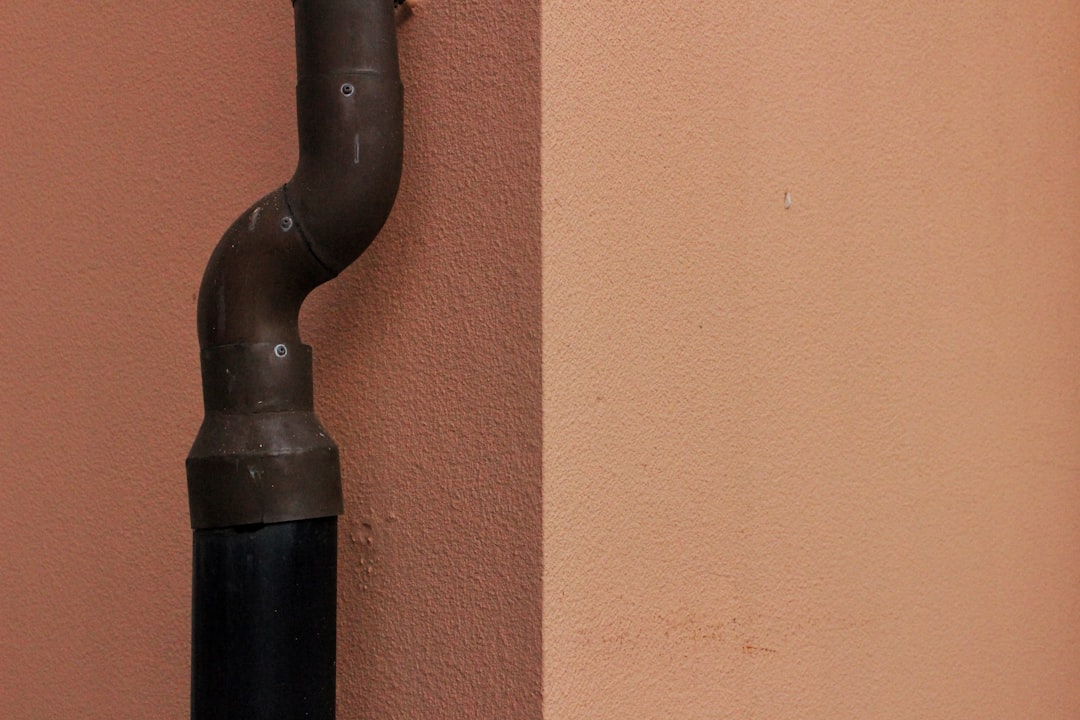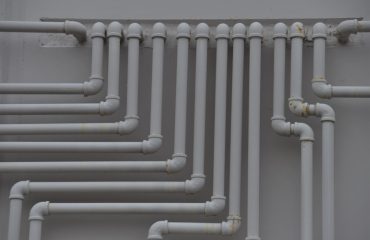Choosing the right pipe for your project is crucial. Two common manufacturing processes, hot-finishing and heat-treating, significantly impact a pipe’s properties and suitability for various applications. This guide delves into the differences between hot-finished and heat-treated pipes, helping you make informed decisions.
Understanding Hot-Finished Pipes
Hot-finished pipes undergo a process where steel is heated to a high temperature (above its recrystallization temperature), then rolled or shaped into the desired dimensions. This high-temperature deformation improves the pipe’s ductility and toughness. The process typically involves several steps: heating the steel billet to a specific temperature, piercing the billet to form a hollow shape, rolling the hollow shape to the final dimensions, and finally cooling. The final cooling is usually air cooling, leading to a relatively fast cooling rate. This process is cost-effective and suitable for producing large quantities of pipes with relatively consistent properties. However, the resulting microstructure isn’t as refined as in heat-treated pipes, leading to slightly lower strength and hardness.
The Heat-Treating Process: Enhancing Pipe Properties
Heat treatment is a secondary process applied to improve the mechanical properties of already formed pipes, often those initially hot-finished. This involves carefully controlled heating and cooling cycles to alter the microstructure of the steel. Different heat treatments, such as annealing, normalizing, quenching, and tempering, can achieve specific properties like increased strength, hardness, or improved ductility. For instance, quenching and tempering is a common heat treatment method that enhances strength and hardness while maintaining toughness. The specific heat treatment chosen depends on the desired properties and the type of steel used.
Comparing Mechanical Properties: Strength, Hardness, and Ductility
Hot-finished pipes generally exhibit good ductility and toughness, making them suitable for applications requiring bending or forming. However, their yield strength and tensile strength are typically lower than those of heat-treated pipes. Heat-treated pipes, especially those subjected to quenching and tempering, possess significantly higher strength and hardness but may have slightly reduced ductility compared to hot-finished counterparts. The choice between the two depends on the application’s specific requirements. A high-strength application might necessitate heat treatment, while an application requiring significant bending might benefit from the ductility of a hot-finished pipe.
Applications of Hot-Finished and Heat-Treated Pipes
Hot-finished pipes find widespread use in various industries, including construction (water and gas pipelines), oil and gas transportation, and general structural applications. Their cost-effectiveness and good ductility make them suitable for projects where high strength isn’t the primary concern. Heat-treated pipes, on the other hand, are preferred in applications demanding high strength and wear resistance. These include high-pressure pipelines, pressure vessels, machinery components, and applications where fatigue resistance is critical. The specific application dictates the choice between these two types of pipes.
Cost Considerations: Balancing Performance and Budget
Hot-finished pipes are generally less expensive to produce than heat-treated pipes. The additional steps involved in heat treatment add to the overall cost. However, the enhanced properties of heat-treated pipes may justify the higher cost in applications where failure would be costly or dangerous. Therefore, a cost-benefit analysis should be conducted to determine the most economical and suitable option for a given project. Factors to consider include the pipe’s lifespan, the potential cost of failure, and the required performance characteristics.
In conclusion, the choice between hot-finished and heat-treated pipes depends on a careful evaluation of the application’s requirements, desired mechanical properties, and budget constraints. Understanding the nuances of each process allows for informed decision-making, ensuring the selection of the most suitable pipe for optimal performance and longevity.
Tags: hot-finished pipes, heat-treated pipes, steel pipes, pipe manufacturing, pipe properties




